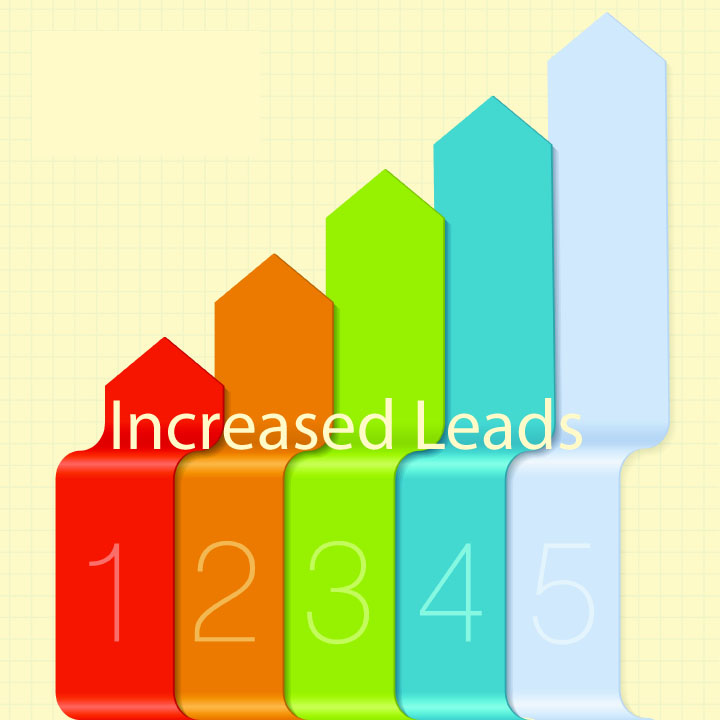
Lead Scoring In Inbound Marketing
October 2, 2025
3 Ways IT Hardware Companies Can Benefit From Inbound Marketing
October 2, 2025 “But I already have Calls-To-Action!” you say. “What is a ‘smart’ one? Do I need it?”
“But I already have Calls-To-Action!” you say. “What is a ‘smart’ one? Do I need it?”
A Call-To-Action (CTA) is a button or link on your website that visitors click on to execute an action, like going to the next web page or download a free ebook. What is important to marketers is that CTAs can track and record visitors’ actions so marketers can determine where the visitors’ interest lies.
On the other hand, smart CTAs allow you to display a different button based on the purchase cycle stage of the customer. There are 2 main uses of smart CTAs:
1. Creating different messages for different purchase cycle stages
Smart CTAs allow you to design different messages based on whether the individual is a prospect, a lead or a customer, so as to cater to their different demands.
For instance, if you are providing content (such as an ebook) in exchange for the prospective customer’s contact information, if s/he should return to your website, they will not be interested in the same ebook, and so through smart CTAs, you could perhaps display a different link to another content.
Early-stage CTAs may focus on content that draws the prospect to your supporting material, while later-stage CTAs may direct the leads to sales consultations or demos.
{{cta(‘e1ae3ca5-1611-4bdc-8228-076d0a897544′,’justifycenter’)}}
2. Tailoring messages to different industries
Using buyer personas, you can adapt your CTAs to cater to a different set of criteria, such as which industry they are working in or their geographic location.
For instance, if you have a special offer for customers in a particular geographic area, you can change your message to be specific to those people. Likewise, if you want certain customers to see particular offers, you can do that too.
Smart CTAs allow for different marketing strategies for different parties, and are essential in Inbound Marketing* as they allow the Inbound marketer to tailor-make the marketing message for the right context at the right time.
* Inbound Marketing is a form of digital marketing that involves SEO, Social Media, blog and landing pages to generate sales leads.
{{cta(‘9aa76e4b-a2ce-405e-8b24-1c95bba170db’,’justifycenter’)}}


